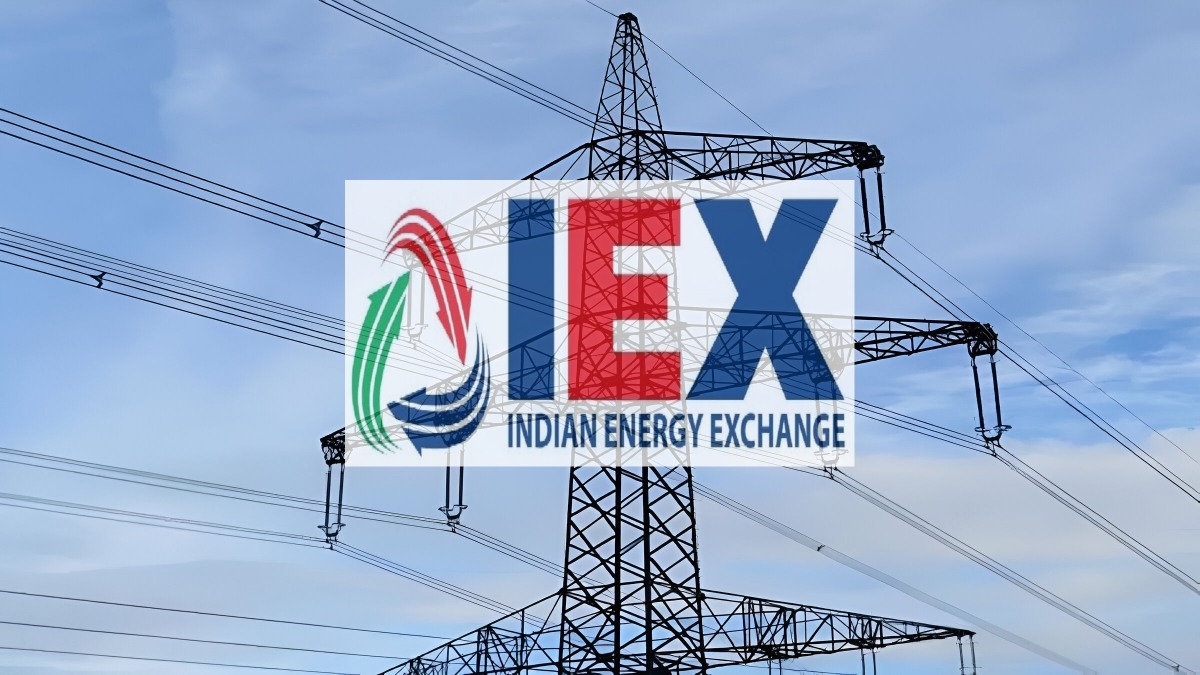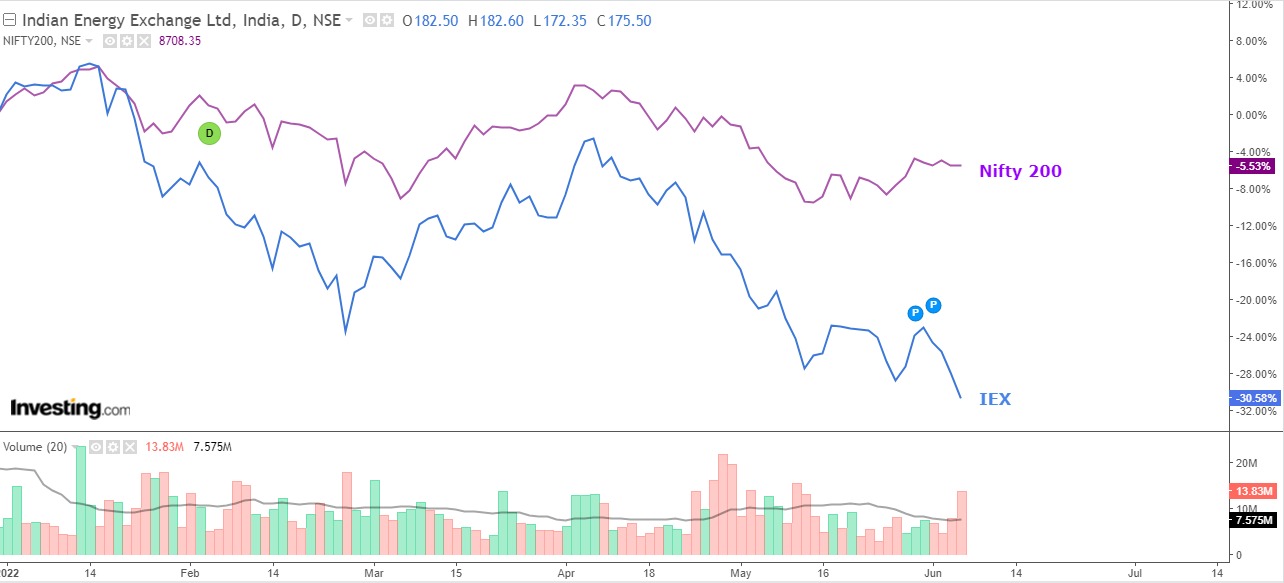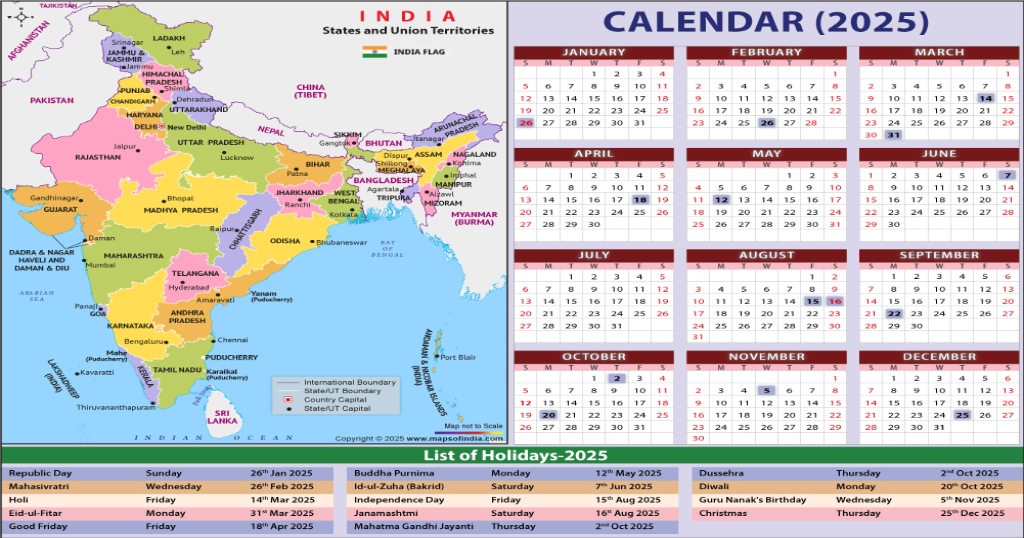IEX Share Price Plunges 26% After Market Coupling Approval – What Investors Should Know

In a major shock for investors, shares of Indian Energy Exchange (IEX) crashed as much as 26% on July 24, 2025, after reports confirmed that India’s power regulator approved market coupling in the Day-Ahead Market (DAM). This unexpected move triggered panic selling, with over 4.4 crore sell orders pending on the NSE as IEX hit its lower circuit.
But what exactly happened? And how will this affect IEX, the power market, and consumers in India? Here’s a complete breakdown in simple words.
What Is Market Coupling?
Market Coupling is a system where buy and sell orders from all power exchanges in the country are combined and matched together to decide a single market clearing price (MCP) for electricity.
At present, IEX has the largest market share – nearly 85% in the electricity spot market. Buyers and sellers usually prefer IEX for its efficient price discovery.
But once market coupling is implemented, all power exchanges will act as equal platforms, and there will be only one uniform price for every unit of electricity traded.
What Did the Regulator Decide?
On July 24, CERC approved the implementation of market coupling in line with the Power Market Regulations of 2021. As part of the first phase, the Day-Ahead Market (DAM) will begin market coupling by January 2026.
Here’s how the new system will work:
- Power exchanges will take turns acting as Market Coupling Operators (MCOs) using a round-robin method.
- These operators will collect and match bids from all platforms to discover one uniform price.
- Grid India will serve as a backup MCO and develop software for Term-Ahead Market coupling.
- Authorities will run a three-month pilot for the system before its full launch.
- Real-Time Market (RTM) will follow later, once DAM coupling has been reviewed.
Why Did IEX Stock Fall?

The announcement came as a shock for investors. IEX has dominated the spot power market with an 85% market share, largely due to its efficient price discovery model. However, under the new rules, every exchange will operate equally, removing IEX’s competitive edge.
As a result, IEX shares dropped to ₹150.3, down 20% by 11 a.m. The stock opened at ₹144.66, reflecting a 23% fall from the previous day. It also entered the F&O ban list, which blocks traders from creating new positions in the derivatives market.
What Do Experts Say?
Brokerage firm Bernstein downgraded IEX’s price target to ₹122 from ₹160 and retained a “Market Perform” rating. They stated:
“This regulatory decision is worse than expected. Now that coupling is certain, IEX’s transaction charges may also fall as competition increases. This makes it hard for large investors to stay confident in IEX.”
According to Bernstein, they earlier estimated only a 50% chance of coupling being implemented. Now, with confirmation and a set timeline, IEX may face tougher days ahead.
What Does It Mean for Consumers?
Although this news affects IEX and the stock market, there is no immediate impact on electricity consumers. However, in the long term, this new system could:
- Lower overall power tariffs, as uniform pricing reduces cost gaps.
- Increase transparency in electricity pricing.
- Promote fair competition among all power exchanges.
Final Thoughts: A Turning Point for IEX and the Indian Power Market
The approval of market coupling represents a major turning point for India’s energy sector. While the move supports transparency, fairness, and competition, it puts IEX in a tough spot. With its dominance in question and competition rising, the company must now adapt to survive.
Investors should monitor developments closely, especially as IEX prepares to release its quarterly results. The full impact will unfold over the next few months, but one thing is clear-India’s power market is entering a new phase.
Also Read: Stock Market Starts Strong but Reliance, Bajaj Finance Take a Hit – FM News




